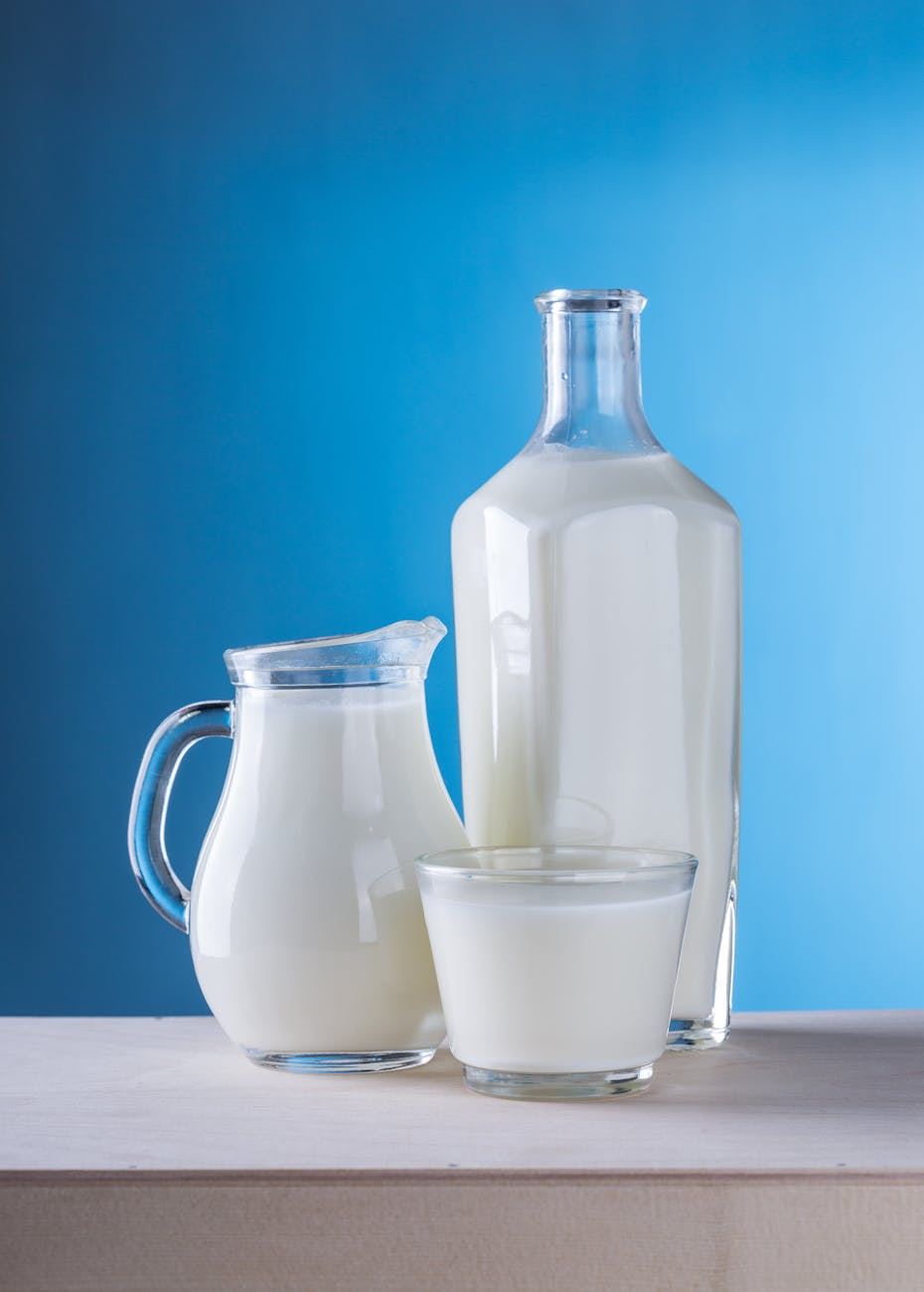Cooking Measurements Made Simple
In cooking, nailing your measurements is as crucial as finding your car keys before heading out. Getting those conversions right ensures your dish turns out perfect every time, not too much heat or bland as unsalted popcorn. Baking, in particular, is like a chemistry experiment – swap out a tablespoon for a teaspoon, and suddenly, your cake’s flatter than a pancake.
The Mystery of How Many Grams are in a Cup of Milk
One of the biggest head-scratchers in the kitchen is figuring out how a cup of milk translates into grams. Folks need these conversions when recipes ask for weight instead of “eyeing it” like Grandma does.
So, what’s the skinny? Well, the weight of a cup of milk can play a bit of hide and seek, depending on whether you’ve got full-fat, skim, or even a trendy plant-based milk. To serve you right, here’s a helpful conversion chart:
| Type of Milk | Grams in 1 Cup |
|---|---|
| Whole Milk | 240g |
| Skim Milk | 245g |
| Almond Milk | 240g |
| Soy Milk | 240g |
| Coconut Milk | 240g |
Keep in mind these numbers might wiggle a little based on brand and milk texture. For the down-to-the-gram chefs out there, a kitchen scale is your bestie. Knowing the exact grams in a cup of milk means adding just the right splash, making your cookies chewy and not cement-like, or keeping your soufflés from nosediving.
To dive deeper into the fixing juju behind measurement conversions, swing by our article on the importance of correct quantities when cooking. Get a grip on these measurement tricks, and your cooking game will reach new heights—leaving dinner guests dazzled and dishes devoured.
Converting Cups to Grams
Cooking and baking need a sprinkle of precision, and getting measurements right is the name of the game. Knowing how to switch from cups to grams can be your best friend in the kitchen. Let’s talk about some basic tips for converting, plus some pointers on turning cups of milk into grams.
General Guidelines for Converting Measurements
When you switch from cups to grams, keep in mind that not all ingredients weigh the same. They’re like people—every one of ‘em is a bit different. But no sweat, here’s a cheat sheet for the most common stuff:
| Ingredient | Conversion Guesswork |
|---|---|
| All-Purpose Flour | 1 cup ≈ 125 grams |
| Granulated Sugar | 1 cup ≈ 200 grams |
| Butter | 1 cup ≈ 225 grams |
| Water | 1 cup ≈ 240 grams |
This isn’t set in stone, but it’s a decent scratchpad. For those “just right” measurements, you might wanna eyeball a detailed chart or get chummy with a kitchen scale.
Specifics for Converting Cups of Milk to Grams
Milk’s a bit of a trickster; the type you’re dealing with messes with the math. For your standard whole milk, you’re looking at:
| Type of Milk | Weigh-in Ratio |
|---|---|
| Whole Milk | 1 cup ≈ 240 grams |
Now, if you’re using something lighter like skim or a plant-based rookie, expect a tiny difference. The carton might give you the skinny on it, or check the package’s nutritional scoop for pinpoint accuracy.
Nailing these guidelines and specifics makes you a maestro of measurements, ensuring your bake-offs and cook-ups hit the mark every time. Remember, a little correct measuring goes a long way in serving up a masterpiece. For more on this, swing by our article on why getting the quantity right matters in cooking.





